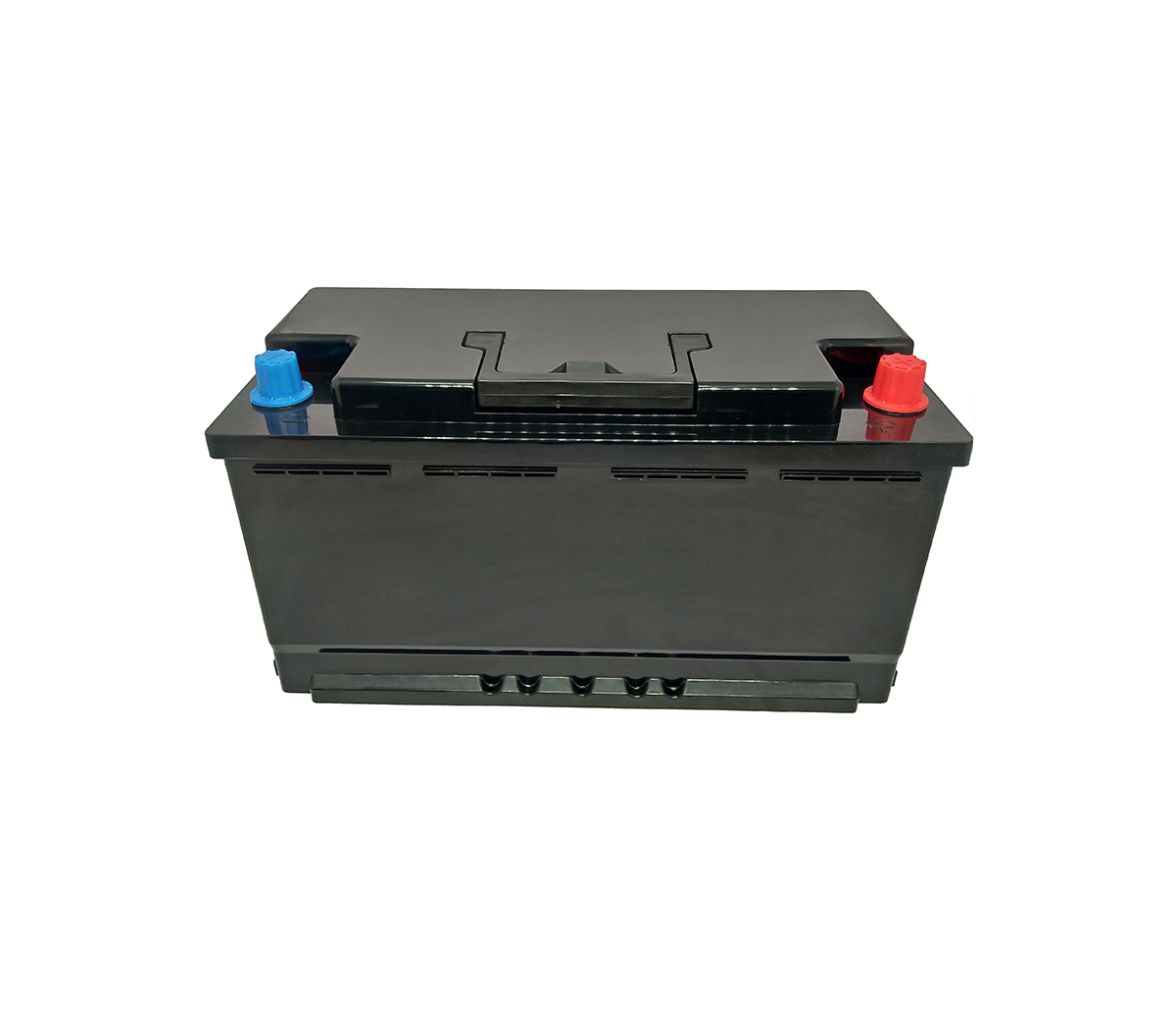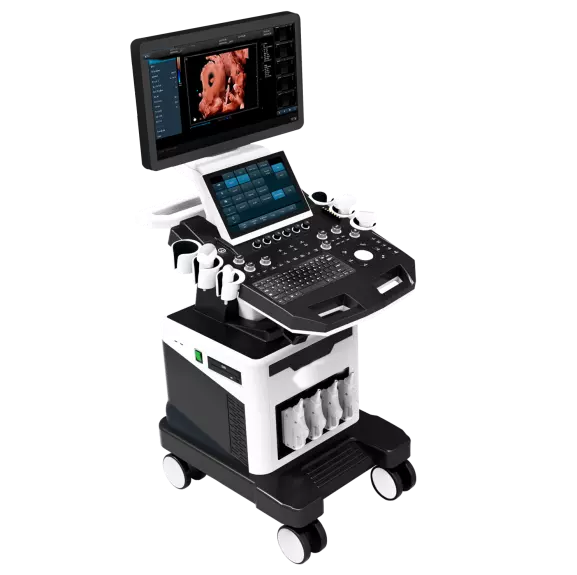Briefly describe the principle and function of lithium-ion battery
protection circuit
Ion battery protection circuits include lithium charging protection,
over-current/short-circuit protection and over-discharge protection, requiring
over-charge protection protection, low IC consumption, high withstand voltage,
and volt rechargeability. This text introduces the principle, new function and
characteristic requirement of these three kinds of protection circuits in
detail.
What are the principles and functions of lithium battery protection
circuits?
Ion battery protection circuits include lithium charging protection,
overcurrent/short circuit protection and overdischarge protection, overcharge
protection requirements, low IC battery consumption, high withstand voltage, and
volt rechargeability. This text introduces the principle, new function and
characteristic requirement of these three kinds of protection circuits in
detail.
More products such as cell phones, PDAs, digital cameras, cell phones,
portable audio devices and Bluetooth devices use lithium batteries as their
power source. The advantages of batteries and low self-discharge rate. Like
nickel batteries and nickel-hydrogen batteries, lithium batteries must consider
their safety during charging and discharging to prevent performance degradation.
Regarding the overcharge, car discharge, overcurrent and short circuit of the
lithium battery, it is very important to design a protection circuit in the
battery pack to protect the battery.
Due to the high fuel of the lithium ion battery energy battery, the safety
of the lithium battery energy battery fuel cell. In the fuel cell battery state,
the fuel cell fuel cell energy will generate energy, which stimulates the
decomposition of liquid fuel to produce gas, which may cause spontaneous
combustion or rupture due to the fuel cell fuel cell boost; on the contrary, in
the discharge state, the liquid will decompose. Causes the battery to
deteriorate, thereby reducing the number of recharges.
The protection circuit of the lithium ion battery is to ensure the safety
of the lithium battery charging and discharging state of the battery, and to
prevent the deterioration of the characteristics. , When there is mother
charging and the charging state is switched to the hanging power to protect the
battery, the functions of the protection IC include sponge charging protection,
memory charging and over-current/short-circuit protection.
Mobile phone charging protection
The principle of the battery when charging an external IC is: charging at
the same time. In order to prevent the internal pressure from rising due to
temperature rise, it is necessary to terminate the charging state. At this time,
the protection IC needs to detect the voltage of the battery. When it reaches
4.25V (the overcharge point of the mobile phone battery is 225V), the charging
protection is activated, and the MOS is turned on and off, and the battery is
charged quickly.
In addition, it must be noted that the short-term lactation error cannot be
produced due to noise, so it will be overcharged. Therefore, a delay time is
required, and the delay time is longer than the duration of the noise.
SMS protection
In the case of mobile phone text messages, the electrolyte is decomposed
and the characteristics are deteriorated, and the number of charging times is
reduced.
SMS protection SMS IC: SMS call status of the birthday lithium battery, the
lithium battery is connected to the upload, and the lithium battery is detected
when the lithium battery is placed outside (predicted. 3V will protect the
lithium battery from power detection) from on to off. Finally, the battery
discharge occurs, and the battery remains in the low-current discharge mode. At
this time, the current is only 0.1uA.
When the lithium battery is connected, the discharge protection function
can only be activated when the battery is connected to the discharge voltage.
action.
Over current and short circuit current
Because of unknown reasons (during safe discharge or being touched by a
metal object) prematurely or short-circuit, to ensure safety, the transmission
must be stopped immediately.
The principle of over-current protection IC is that when the current is too
large or short-circuit, the protection IC will activate the over (short-circuit)
current protection. At this time, the detection of over-current occurs and the
Rds(on) of the power MOSFET is regarded as an induction to perfectly monitor its
voltage. If it is higher than the set current detection voltage, the discharge
will stop. The calculation formula is: V-=I×Rds(on)×2 (V- is the current
over-detection voltage, I is the discharge current). If V-=0.2V and
Rds(on)=25mΩ, the protection current is I=4A.
Ground, the time that the over-current must occur at the moment of sudden
occurrence can also occur at the time of action.
Usually after the overcurrent occurs, if the current factor can be removed
(for example, immediately separated from the separation), the normal state will
be restored, and normal charging and discharging operations can be
performed.
New functions of lithium battery protection IC
In addition to the above-mentioned lithium battery protection IC functions,
the following new functions are worthy of attention:
1. Overcurrent protection during charging
When an overcurrent (such as brain damage) occurs suddenly when the
connection is detected for charging, the circuit will immediately discharge the
overcurrent, and the discharge will turn from high to low, and the power MOSFET
is switched from on to off to achieve the protection function.
V-(Vdet4 overcurrent detection voltage, Vdet4 is -0.1V)=I(charging
current)×Rds(on)×2
2. Lock mode for charging while locked
The regular protection IC will pass a period of time during sleep charging
protection, and then turn off the power MOSFET for protection purposes. When the
lithium voltage has dropped to the charging point (rechargeable battery
voltage), then it will continue to charge-protect-discharge- Charge-discharge.
This kind of problem will not be effectively solved. The lithium battery will
always repeat the action of charging-charging-charging-discharging, and the
power MOSFET's ability will be in the state of high and low voltage and
therefore will not be in the state, which may cause the MOSFET to heat up,
reduce the battery life, and lock Mode is very important. Relatively improved a
lot.
In the cathodic charge protection, as long as the battery is connected to
the battery pack, it will enter the charge lock mode. Even if the voltage of the
lithium battery drops, it will not be recharged. It will be removed and
connected and connected to resume charging and discharging. status.
3. Common protective component size
The delay capacitor for lithium charging and short circuit protection is
integrated into the protection IC to protect the system component size.
Requirements for protecting IC performance
1. Focus on charging protection
When the lithium-ion battery has the camera charging state, the internal
pressure rise caused by the timing charging requires the camera charging state.
The IC will detect the battery voltage, and when it detects that the camera is
charging, the power MOSFET of the charging detection turns it off and connects
to charging. At this time, attention should be paid to the use of the detection
voltage of wedding charging, the problem of battery charging to connection, and
the safety problem at the same time, so the problem needs to accurately charge
the state when the target voltage is reached. To meet these two conditions at
the same time, there must be an accurate detector. The current accuracy of the
detector is 25mV, and the accuracy will need to be further improved.
2. Reduce the power consumption of the protection IC
As the use time increases, the voltage of the charged low-power battery
will gradually decrease, and finally it will be below the specification
standard, and then it needs to be charged. If you continue to use it without
charging, it may cause the battery voltage to drop due to discharging and you
cannot continue to use it. In order to prevent the sending of short messages,
the protection IC must detect the battery. After the detection voltage of the
short message is completed, the power MOSFET of the sender can be turned off and
sent. But at this time, the battery can discharge naturally and protect the
current consumption of the IC, so it is necessary to protect the current
consumption of the IC to a minimum.
3. Over current/protection requires low detection voltage and short circuit
requirements
Discharge must be stopped immediately when a short circuit is caused by an
unknown reason. Discharge. In order to make the Rds(on) of the power MOSFET
effective when applying charging current and discharging current, the value of
this parameter needs to be low, so it should be 20mΩ~30mΩ, and the overcurrent
detection voltage can be so low.
4. High voltage resistance
High voltage occurs when the battery pack is connected to the outside
world, so the protection IC should meet the requirements of high voltage
resistance.
5. Low battery consumption
In the protection state, its vitality current must be less than 0.1uA.
6. Zero volt rechargeable
The voltage of individual batteries may be as low as 0V due to prolonged or
abnormal reasons during the gathering. Therefore, the protection IC needs to be
charged at 0V.
Protection IC development prospects
In the future, the protection IC will further improve the accuracy of the
detection voltage, reduce the current consumption of the protection, and improve
the malfunction prevention function. At the same time, the high withstand
voltage of the connected IC is also the focus of research.
In terms of packaging, SOT23-6 has now generally been switched to SON6
packaging, and there will be C packaging in the future, and even the small light
demand provided by the short SP for COB products now appears.
In terms of function, the protection IC does not need to put all the
functions of the protection integration. A separate protection IC can be
developed according to different protection lithium battery materials. For
example, only over protection or such functions can greatly reduce the cost and
size.
Mono-crystalization of functional components is an unchanging goal. For
example, the existing mobile phones make protection IC, charging circuit, power
management IC and other circuits and logic IC to form a two-chip chipset, but at
present, the open circuit of power MOSFET must be reduced. Mosaic is integrated
with other ICs, even if a single chip is synthesized with a special technology,
I am afraid that the cost will be too high. Therefore, the protection of IC's
single crystalization will need to be addressed.


































